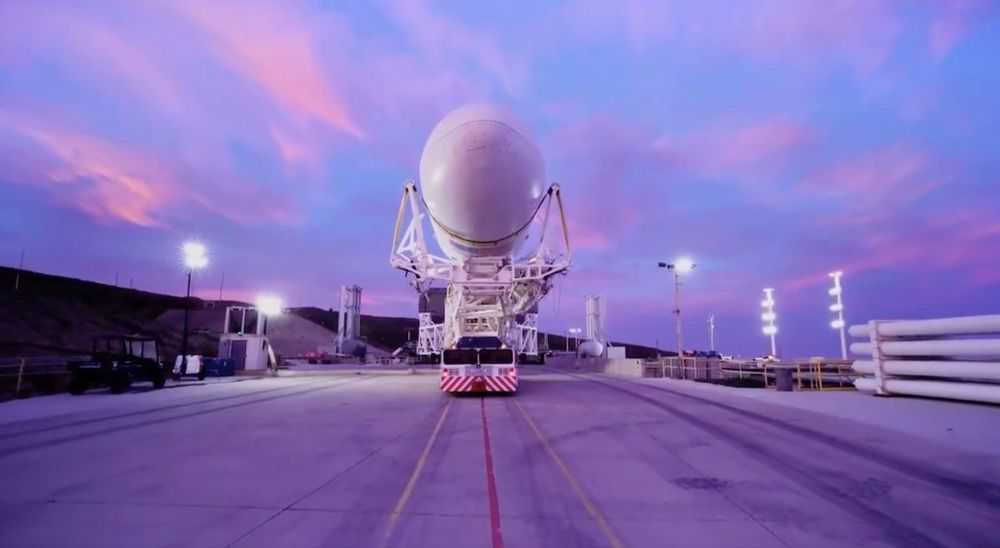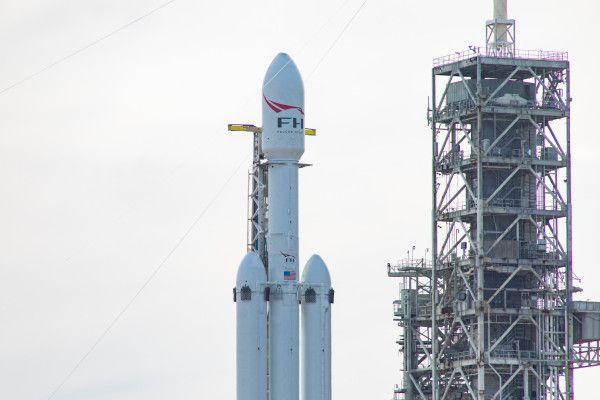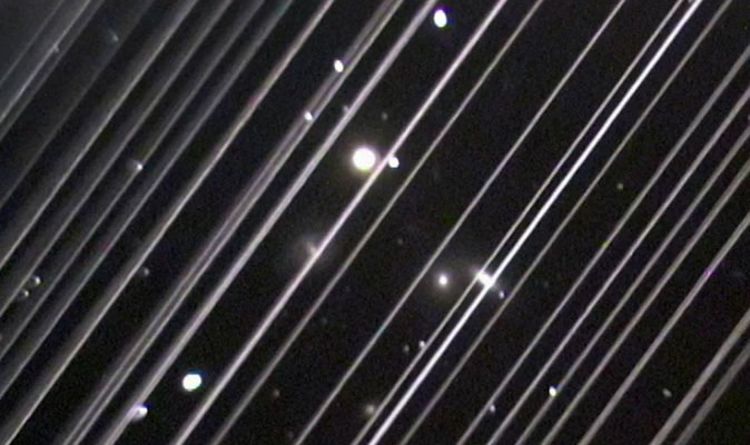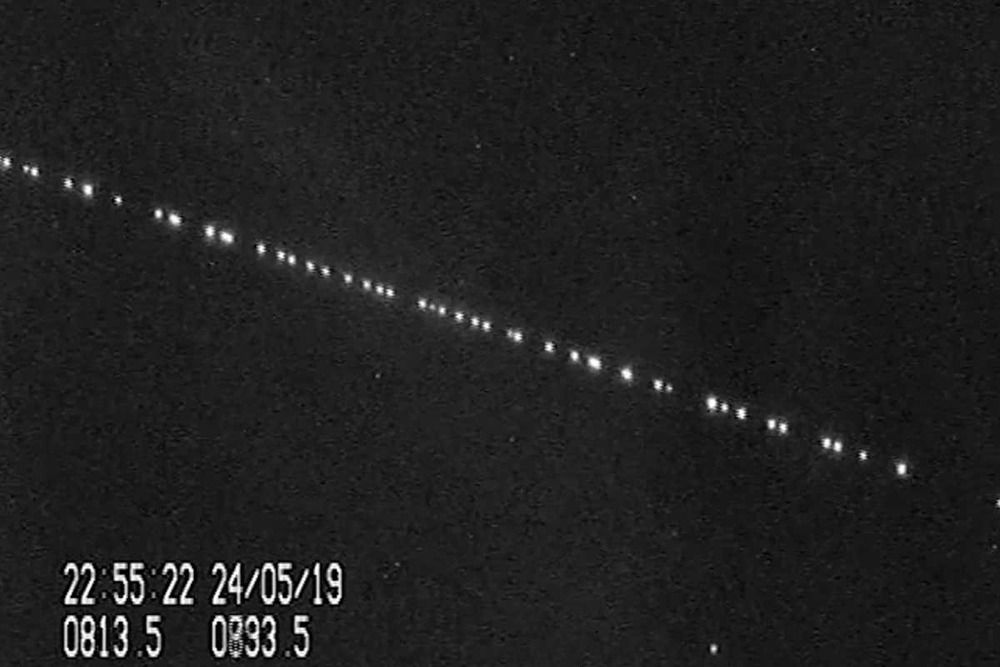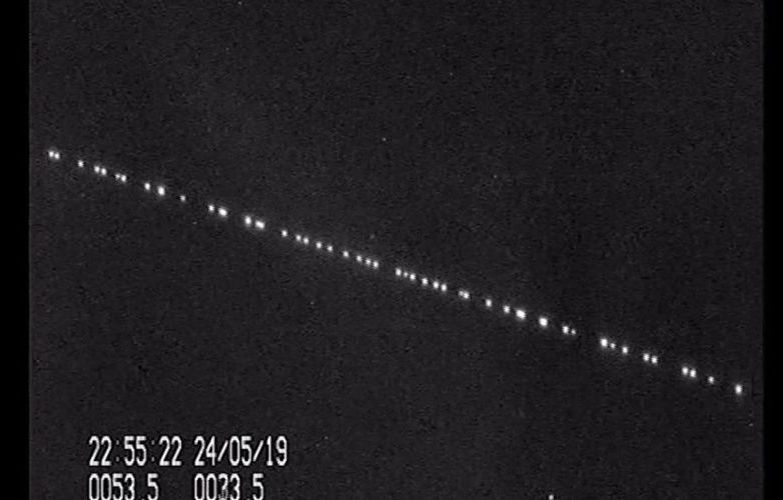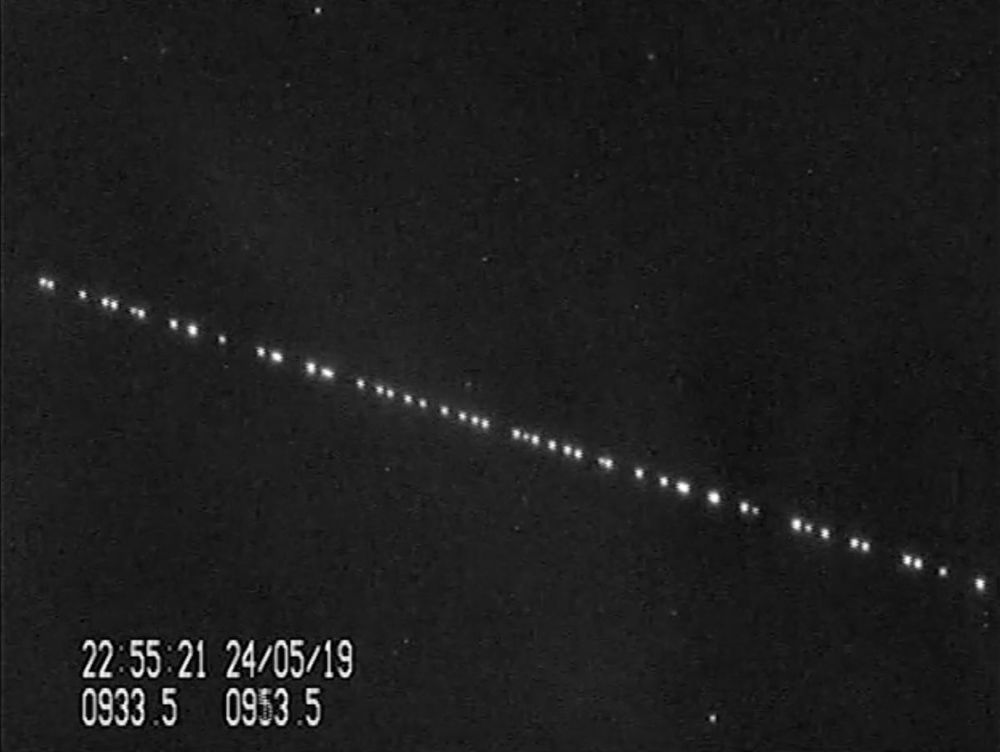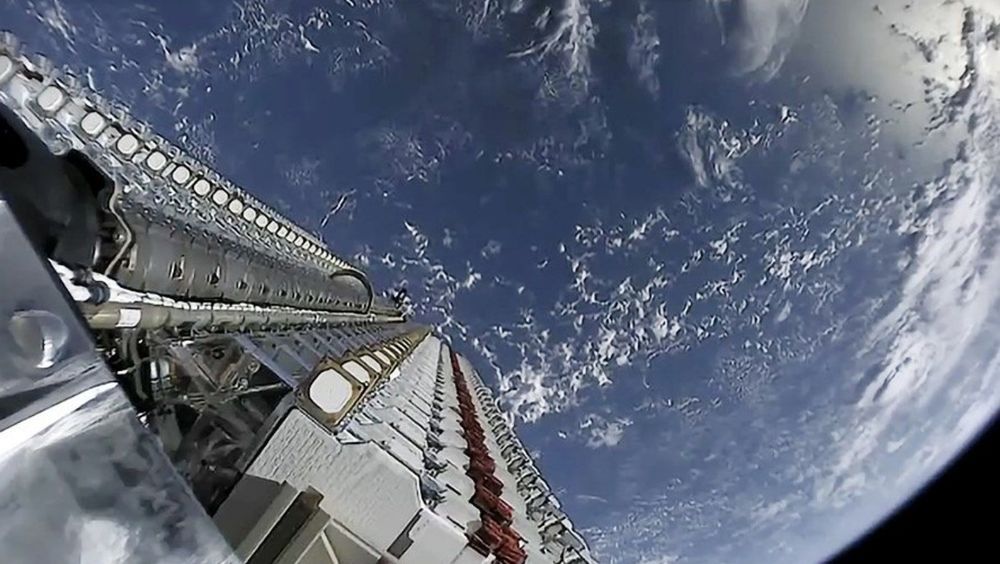Archive for the ‘satellites’ category: Page 148
Jun 11, 2019
NASA details Deep Space Atomic Clock and other tests launching on SpaceX Falcon Heavy
Posted by Genevieve Klien in categories: materials, satellites
SpaceX’s next mission for its Falcon Heavy high-capacity rocket is set for June 24, when it’ll take off from NASA’s Kennedy Space Center in Florida with 20 satellites on board that comprise the Department of Defense’s Space Test Program-2. That’s not all it’ll carry however: There also will be cargo pertaining to four NASA missions aboard the private launch vehicle, including materials that will support the Deep Space Atomic Clock, the Green Propellant Infusion Mission and two payloads that will serve scientific missions.
NASA detailed all of these missions in a press conference today, going into more detail about what each will involve and why NASA is even pursuing this research to begin with.
Jun 10, 2019
Swarm of 105 tiny Sprite ChipSats successfully deployed
Posted by Quinn Sena in category: satellites
![]()
If you thought SpaceX launching 60 Starlink satellites at once was impressive, Cornell University has managed 105 small satellites. The ChipSats, called Sprites, forming a swarm of cracker-sized nanosatellites were deployed from the Kicksat-2 CubeSat on March 18, 2019 at an altitude of 300 km (186 mi) and contact was established by Stanford University and NASA Ames engineers the next day by a Cornell satellite ground station.
Jun 9, 2019
Heart of next-generation chip-scale atomic clock
Posted by Quinn Sena in categories: computing, particle physics, satellites
Physicists at the National Institute of Standards and Technology (NIST) and partners have demonstrated an experimental, next-generation atomic clock — ticking at high “optical” frequencies — that is much smaller than usual, made of just three small chips plus supporting electronics and optics.
Described in Optica, the chip-scale clock is based on the vibrations, or “ticks,” of rubidium atoms confined in a tiny glass container, called a vapor cell, on a chip. Two frequency combs on chips act like gears to link the atoms’ high-frequency optical ticks to a lower, widely used microwave frequency that can be used in applications.
The chip-based heart of the new clock requires very little power (just 275 milliwatts) and, with additional technology advances, could potentially be made small enough to be handheld. Chip-scale optical clocks like this could eventually replace traditional oscillators in applications such as navigation systems and telecommunications networks and serve as backup clocks on satellites.
Jun 8, 2019
SpaceX SNUB: Royal Astronomical Society ‘concerned’ by Starlink constellation
Posted by Genevieve Klien in categories: Elon Musk, satellites
SPACEX STARLINK is Elon Musk’s mission to bring broadband around the world. However the Royal Astronomical Society has now voiced concern over the controversial satellite constellation.
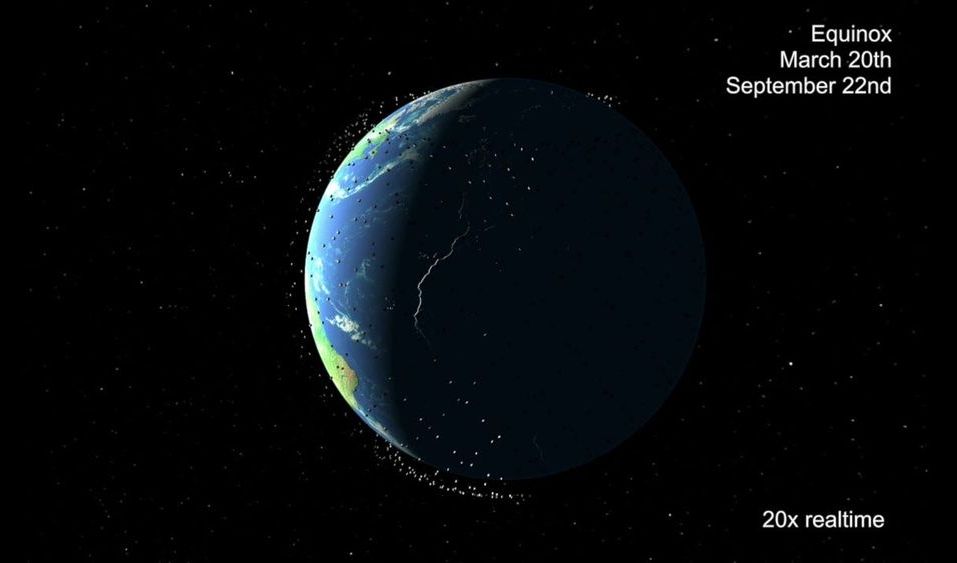
Mark Handley (UCL, University College London) has simulation showing the orbits of various SpaceX Starlink satellite constellations. There are simulations of 72, 264 and 11927 satellites. SpaceX is launching 60 satellites at a time. SpaceX has 60 production Starlink satellites in orbit now for testing.
SpaceX plans six more launches of Starlink satellites by the end of the year and should have enough for an initial 720 satellites for North America, Europe and Asia service by March or April 2020.
May 28, 2019
SpaceX’s bright Starlink satellites are upsetting astronomers
Posted by Michael Lance in categories: internet, satellites
SpaceX launched 60 internet satellites last week and their bright appearance has caused concern amongst astronomers, who say plans for 12,000 of them could ruin the night sky.
May 25, 2019
An astronomer in the Netherlands captured stunning video of 60 Starlink satellites zooming across the sky
Posted by Alberto Lao in category: satellites
A stunning video shot by a Dutch astronomer captured a string of roughly 60 Starlink satellites zooming across the night sky, one day after they were launched into orbit.
The video shows the “train” of satellites speeding in a straight line as they orbit around the earth.
The astronomer, Marco Langbroek, wrote in a blog post that he had calculated the search orbit himself to find out when they would pass by, and “stood ready” with his camera. The train zoomed by within three minutes of his predicted time.
May 25, 2019
Wow! This Is What SpaceX’s Starlink Satellites Look Like in the Night Sky
Posted by Genevieve Klien in categories: Elon Musk, satellites
In the video, SpaceX’s Starlink satellites pass overhead like a string of pearls, a brilliant trail of moving lights in the night sky. SpaceX launched the satellites into an initial orbit 273 miles (440 kilometers) above Earth. They are making their way to a final orbit 342 miles (550 km) up.
SpaceX CEO and founder Elon Musk hinted on Twitter today that the satellites are doing well. “So far, so good,” he wrote.
Langbroek said he used the knowledge of SpaceX’s deployment altitude and target orbital inclination (the angle of the orbit with respect to the equator) to estimate where the satellites would appear in Friday night’s sky.
Continue reading “Wow! This Is What SpaceX’s Starlink Satellites Look Like in the Night Sky” »
May 25, 2019
SpaceX Starlink Will Equal Launch Revenue in 2020 and Will Make Elon the World’s Richest Person by 2023
Posted by Klaus Baldauf in categories: Elon Musk, finance, satellites, sustainability
SpaceX has successfully deployed sixty production versions of the Starlink Satellite. They are targeting six Starlink launches through the next six months. Those six launches will place 360 Starlink satellites into orbit. The pace of Starlink launches will increase with six more launches by the end of April 2020. This will enable SpaceX to generate a lot of revenue for service to North America, Europe and Asia. The revenue will be from reducing latency in financial trading communication.
SpaceX and Elon Musk will be made financially secure by 2023 and will have the $20 billion per year budget of NASA. If Elon has a 30X on his 54% share of SpaceX, then with Elon would have 30 times $10 billion in 2024 (50% of $20 billion in 2024). This means Elon would be worth over $300 billion without including any valuation for Tesla.
If Tesla still had any financial issues, Elon would be able to lend money from SpaceX to Tesla by late 2020 or 2021. Elon used Tesla to buyout Solarcity. In 2018, financial analysts speculated that Elon could his SpaceX stake as collateral in a buyout of Tesla. If SpaceX is worth $100 billion late in 2020 and then $200 billion in 2021, Elon would easily be able to fund a Tesla buyout with his $54 billion and then $108 billion of SpaceX (versus about $15 billion today).
